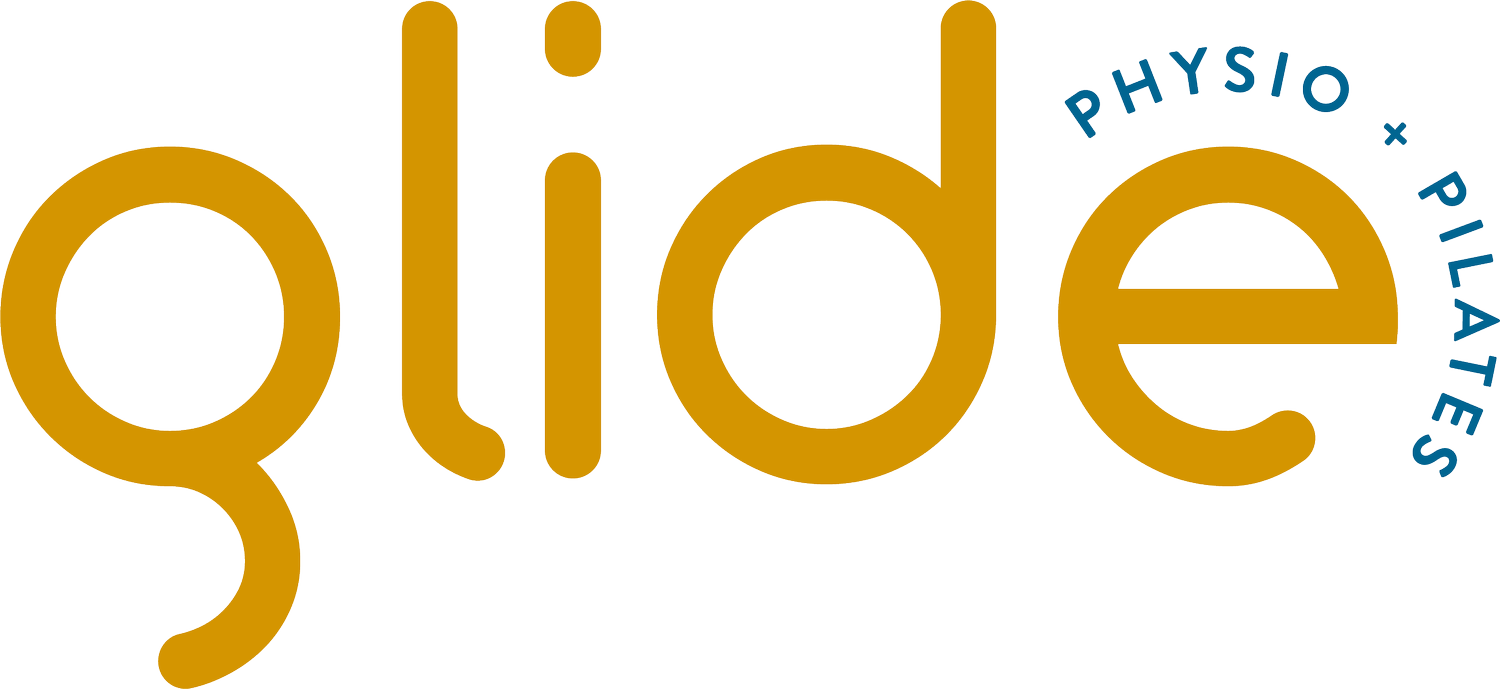What is clinical pilates?
And how is it different to a mat or reformer class?
This is such a common question, which I will attempt to answer in this blog post. I teach all 3 – mat, reformer and clinical – and I love each of them in a different way. Each style has its place, and may suit particular people better than another.
Here is my definition:
Clinical Pilates is the client-specific application of Pilates exercise by a movement professional. Exercises are prescribed individually, following a thorough assessment of the client’s current abilities and goals. It is used to treat people with certain injuries or health conditions, or to improve athletic performance.
1. Client- Specific
Each client who attends clinical Pilates is assessed individually. We gather all relevant information, which may include:
· Current and past injuries and surgeries
· Current and past exercise
· General health and medications
· Radiographic investigations and specialist reports
· Lifestyle and hobbies
· Goals – ie what does the client want to get out of this session today, and what would they like to be able to achieve long-term?
We then physically assess each client, which may include:
· Joint range of movement, including spinal
· Muscle flexibility, strength, endurance and power
· Posture, gait and movement control
· Nerve mobility
· Balance and stability
· Breathing
· Movements which induce pain or other symptoms (if deemed safe to do so)
Based on the results of this assessment, the clinician will prescribe a series of exercises specific to that client. These will be the safest and most relevant exercises for that person’s particular condition, designed to produce the best results. Along with the actual exercises, the client will learn new ways of moving and managing load in their daily life.
Subsequent sessions will be spent teaching and learning these new movements and techniques. The clinician is constantly evaluating and assessing their client, and exercises will be progressed, modified or changed as required, to ensure they continue to improve and work toward their goals.
Some of the conditions commonly treated with clinical Pilates include:
· Neck and back pain
· Joint injuries and issues, eg tendinopathy, bursitis, ligament sprain, osteoarthritis
· Post-surgical recovery, eg joint replacement, joint reconstruction, abdominal
· Post-natal recovery and DRAM (abdominal muscle separation)
· Pelvic floor dysfunction
· Chronic pain
· Neurological disorders, eg Parkinsons, stroke
· Osteoporosis and low bone density
· Sporting and dance injuries and performance issues
· Auto-immune disorders, eg rheumatoid arthritis
· Falls and balance disorders
2. Pilates Exercise
These days a lot of people have tried Pilates, and many are regular devotees. I will briefly elaborate on whatever prior knowledge or experience you have of Pilates.
In essence, it is a system of exercises and movement principles designed to heal the body through movement. The original Pilates principles include breathing (a key principle underlying all movement), concentration, precision, centring, control and flow. Modern Pilates training has an overarching scientific and evidence-based approach to exercise, rather than a purist approach to the original work of the technique’s founder Joseph Pilates.
Exercises can be taught on the mat, the reformer, or on a whole range of equipment. Although the large equipment can look intimidating, often the toughest exercises are on the mat!
Clinical Pilates often utilises spring and pulley-based machines including the Reformer, Trapeze Table (Cadillac) and the Multi-Chair (Wunda-Chair), plus various arcs and barrels. This equipment can be used to assist and facilitate your movement, or to resist and challenge your movement depending on your individual needs.
Pilates can be great fun! It can also be incredibly challenging, but enormously rewarding as you make new achievements, notice your body change, and feel yourself moving differently.
3. Movement Professional
Clinical Pilates instructors have a higher level of qualification than a group class instructor, completing over 1000 hours of training to attain their certification. The extra training includes assessing, screening and prescribing exercises for many of the more complex health and injury presentations which I have mentioned earlier. In addition, many clinical Pilates instructors have a background in another movement-based profession prior to their Pilates career, eg personal trainer, physiotherapist, occupational therapist, registered nurse.
For example, I have completed:
· a 4 year Physiotherapy program at university studying the human body and the treatment of movement disorders
· the Polestar Pilates International 700 hour Pilates Rehabilitation Series course
· the Polestar 335 hour Complete Pilates Matwork course
· further study to complete the Diploma of Polestar Pilates Comprehensive Instruction Method (the highest level of Pilates qualification available worldwide)
· plus countless hours of professional development in Pilates and Physiotherapy.
Clients in a group Pilates class will generally perform the same exercises at the same time. All the mat and reformer Pilates instructors I know have completed a huge amount of training, and are incredibly skilled professionals who help their clients achieve great results. A group class is a great, fun and cost-effective option for people without injuries, or those who know how to manage them well.
Clinical Pilates on the other hand is likely to be of greater benefit to clients with more specific needs, who require an individualised program. A clinical Pilates instructor has the comprehensive knowledge, training and capacity to provide this close guidance and careful exercise prescription.
Well, I hope that answers our initial question! In another blog I’d love to introduce to you each of the pieces of clinical Pilates equipment. Let me know in the comments what would interest you!



